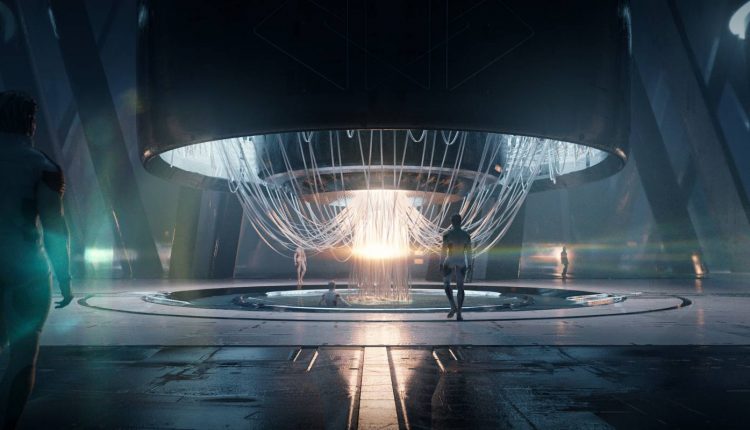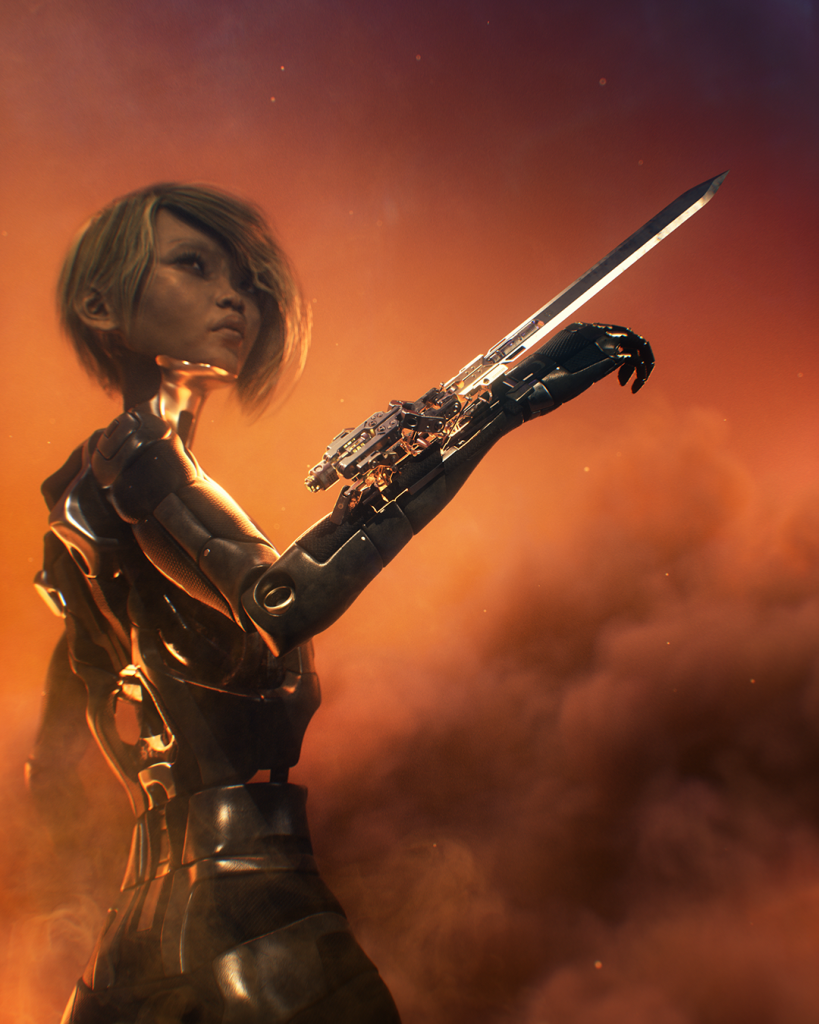Why blockchain TCG Parallel is building best not wide

Don’t miss out on any daily news from the blockchain games space: sign up to our Substack and follow us on Twitter.
Joining the current uptick in web3 games launches, sci-fi TCG Parallel is busy rolling out its closed beta and has recently announced the upcoming mint of its starter decks on layer 2 chain Base. Part of the wider Parallel ecosystem, the TCG is currently adopted for PC. Unlike many other games it’s staying focused on its core playerbase, but will eventually explore more platform options.
With a childhood passion for collectable card games and an ambition to make good artwork, Parallel’s head of game design Kohji Nagata gave BlockchainGamer.biz some insights into the motivation behind the game and why a sci-fi TCG looking thousands of years into the future is ideal for blockchain.
BlockchainGamer.biz: Can you give us some background to Parallel? How did the idea come about?
Nagata: I have spent a lot of time playing with game ideas over the years. When COVID hit, some friends and I played games like Warzone and Apex in order to keep in touch. Because we are all gamers working in tech, eventually we decided to try our hand at making a game. How hard could it be? Turned out pretty hard actually.
One in this group is a really talented artist and we suggested to him that maybe we should try and sell NFTs for the game, with the hopes that if we raise enough we’ll go forward with it. So we put it out to the world. We showed people the art, told people the idea, and gave them the rules.
We suggested that if we’re not successful in getting enough funding we’d refund the money and everyone could keep the NFTs. Luckily the community rallied around us and the rest is history.
What’s the motivation behind building on blockchain?
A lot of the fun of collectable card games isn’t just the playing of the game itself, but the ownership. Being able to buy, sell, and trade cards is a big part of the card-collecting world that has never translated digitally. So we decided, why not give digital gamers the full experience.
The game has been in active development since 2021 when blockchain gaming was strongly hyped. Since then the market conditions and general perception of web3 gaming has changed. What keeps your ambition to build in web3 going?
What really keeps us going is wanting to see the game and the idea become reality. We never really started this project with the idea that we wanted to build a blockchain game, what we were really just trying to do was build the game we wanted to see. That game included buying, selling, and trading.
I just took my favourite elements of a lot of games, smashed them together, sprinkled a little something new on top, and now we have Parallel.
Kohji Nagata
As a kid I remember going to the comic shops and spending a ton of time seeing what Magic cards they had in their cases. As an adult game designer, I want to bring that experience back to the world. Really I’m just a big kid motivated by the fun I had in childhood.
Has anything impacted the development of the game?
We’ve all been friends a long time and been lucky enough to have been through the wringer together before. We’ve worked at startups both together and apart, and know the ups and downs of the business world. As such we were smart enough to prepare for the possibility that we may not always be in a bull market and as such nothing in the past little while has really had a huge impact on us.
Why did you choose to build on Ethereum?
There’s a reason they call it MAINnet. It’s where all the action happens. Plus, at the time we started most side-chains were either in their infancy or too restrictive for our purposes. You have to go where the people are.
A number of prominent blockchain TCGs have already launched or are in active development, how will Parallel stand out from these?
First off I think the art speaks for itself. I would put it up against any currently established TCG. We are blessed to have a group of really talented artists with massively experienced backgrounds to help make this world come to life. And the world is alive.
Sci-fi is an under-serviced genre when it comes to card games. And given most of the people that exist in emerging tech like blockchain, it only makes sense to build a world that is future-forward.

Lastly, the game itself is a very novel experience. Comfortable and easy to learn for anyone who’s played TCGs in the past, but with enough new and engaging mechanics to drive even the most seasoned players crazy.
Basically, I just took my favourite elements of a lot of games, smashed them together, sprinkled a little something new on top, and now we have Parallel.
Many blockchain projects have adopted their games for cross-platform distribution to aim for a wider audience. Do you have any plans in this regard?
Rather than build wide and limit the scope of what we could build, we decided to focus on building the best experience possible for our player base. That means getting the PC client to a place where it rivals any other TCG in the space. Then porting that experience to Mac.
There’s nothing worse than a desktop game that’s been scaled down and slammed onto an app store.
Kohji Nagata
Once that is done we want to continue to build out that experience for our desktop users, while developing games that are more catered to a mobile experience. There’s nothing worse than a desktop game that’s been scaled down and slammed onto an app store.
Currently in closed beta, how has Parallel been received so far?
To my surprise, I have yet to get messages about how I’m a terrible game designer and that it should have been done some other way. So far, everyone has been super positive and enjoying the experience. The data even shows that as the meta is being ironed out, the win rates are pretty close across the board. It’s really what you want to see.
Sci-fi is an under-serviced genre when it comes to card games. And given most of the people that exist in emerging tech like blockchain, it only makes sense to build a world that is future-forward.
Kohji Nagata
We are however going to continue to balance the game and adjust functions where needed. As well, at the end of every season pass, we are going to be introducing a new card to the game to help shake up the meta. And a few times a year we hope to release full expansions to the game for even more cards to shake things up.
Are there any further plans to expand the blockchain integration of the game beyond allowing players ownership of their cards and avatars?
100%! But if you want to know more, you’ll have to keep watching.
Where do you see blockchain gaming in 5 years, and in particular Parallel?
I see it as a tech to be utilized where needed. It’s something that people can use for things like transparency, ownership and verification, but at the end of the day it’s just tech. It shouldn’t ever be the defining factor of a game.
We would never call a game a database game because it uses SQL. But I do see more and more games and companies adopting the tech in the coming years to make the games more fun and interesting.
As far as Parallel, I really just hope it continues to grow and evolve because really I’m living the dream. As a kid, I always wished I could just play video games all day for a living. While my job isn’t exactly that, it’s as close as I’m going to get and I hope I can do it forever.
Find out more on the Parallel website.
